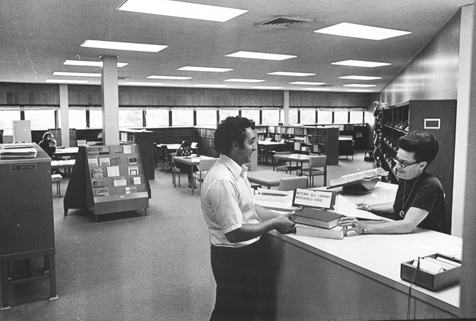
Faculty Research 1970 - 1979
Loss of proliferative capacity in immunohemopoietic stem cells caused by serial transplantation rather than aging.
Document Type
Article
Publication Date
1978
Keywords
Cell-Division, Cell-Line, Cell-Survival, Comparative-Study, Hematopoietic-Stem-Cells: ph, tr, Mice, Radiation-Chimera, Spleen: re, SUPPORT-U-S-GOVT-P-H-S, Transplantation-Homologous
First Page
1526
Last Page
1531
JAX Source
J-Exp-Med. 1978 May 1; 147(5):1526-31.
Abstract
Marrow stem cell lines from old donors and those from young controls gave equally rapid rates of colony growth on spleens of irradiated mice. Old and young stem cell lines competed equally well with chromosomally marked marrow stem cells from a young donor in producing cell types that are stimulated by bleeding; old cells competed 70% as well as young in producing cell types stimulated by phytohemagglutinin (PHA) in vitro. After a single serial transplantation, the rates of colony growth declined 1.5- to 2.5-fold, and the ability to compete declined 2- to 4-fold for bleeding-stimulated and 4- to 10-fold for PHA-stimulated cells. Thus, immediate stem cell proliferative capacities decline much more after one serial transplantation than after a lifetime of normal function.
Recommended Citation
Harrison DE,
Astle CM,
Delaittre JA.
Loss of proliferative capacity in immunohemopoietic stem cells caused by serial transplantation rather than aging. J-Exp-Med. 1978 May 1; 147(5):1526-31.

